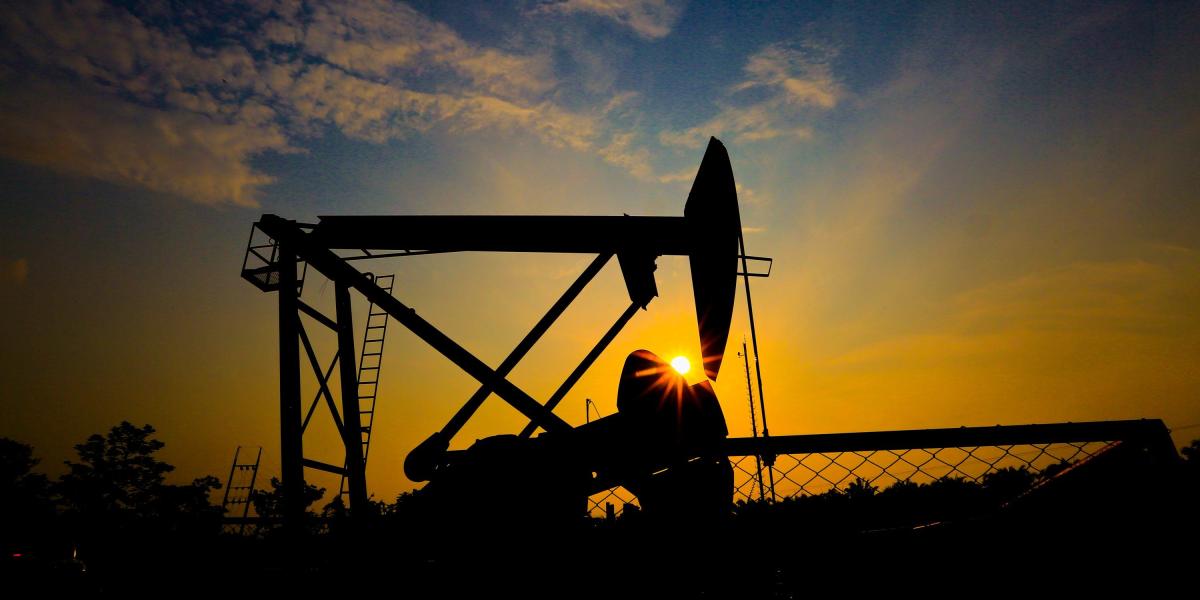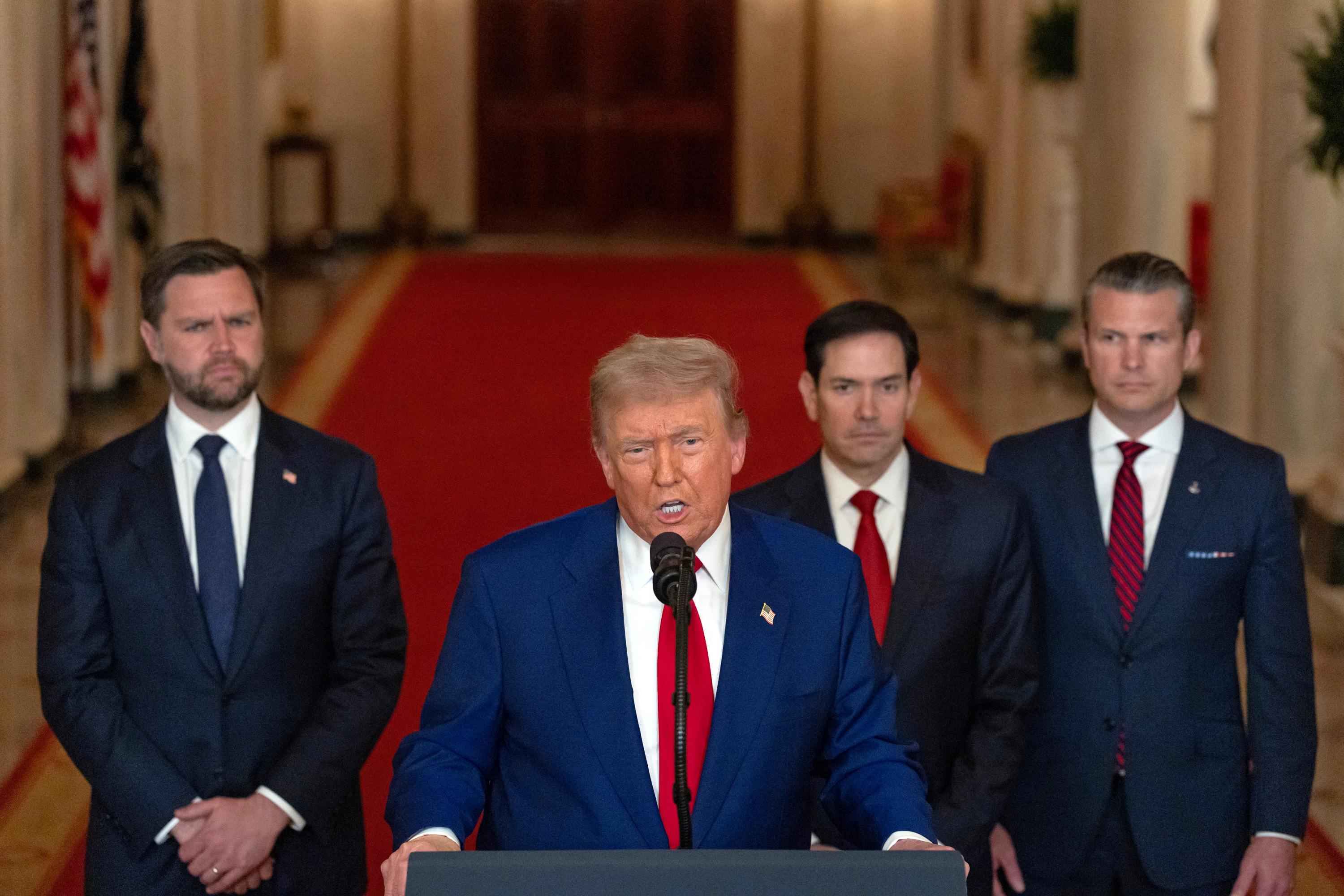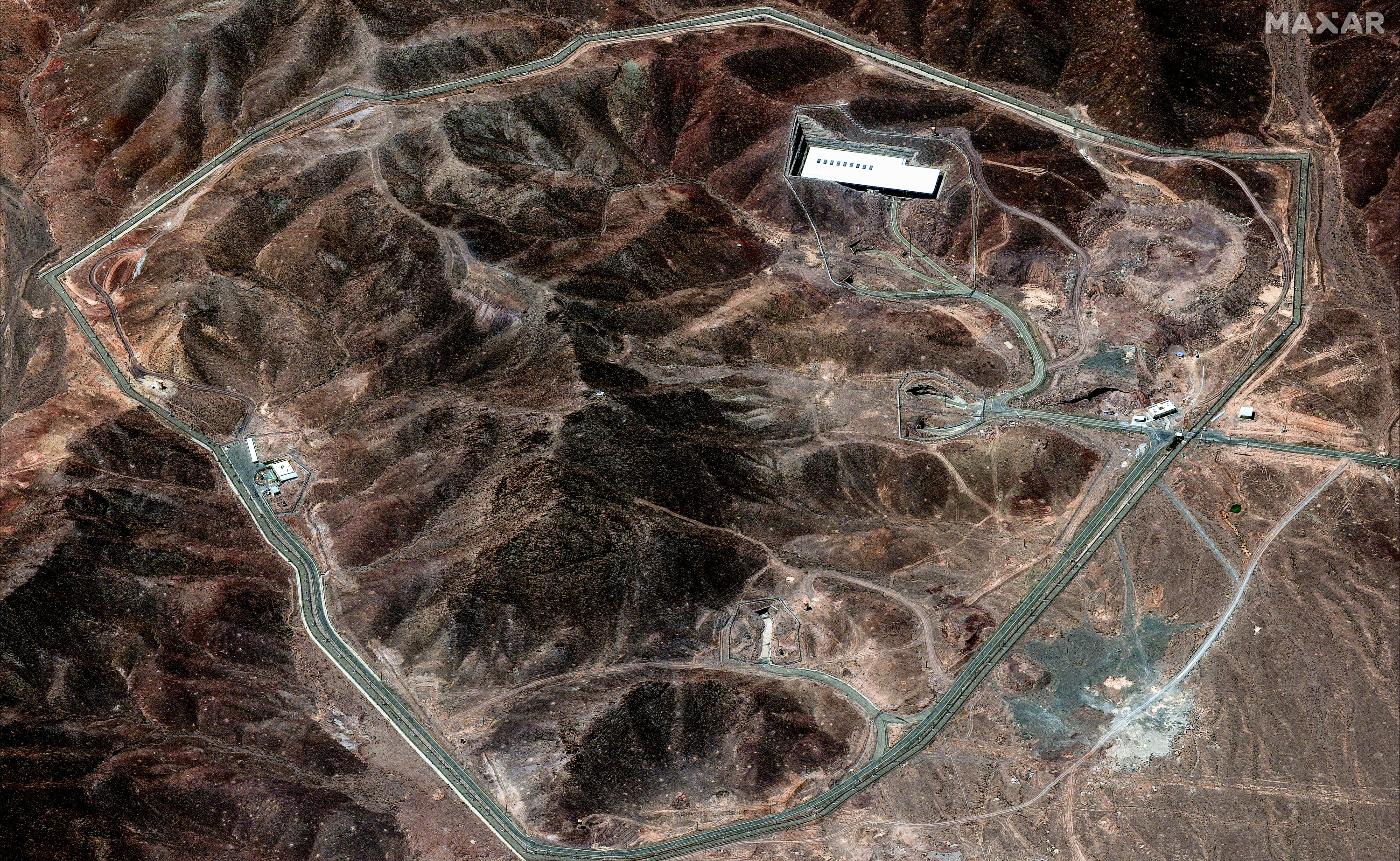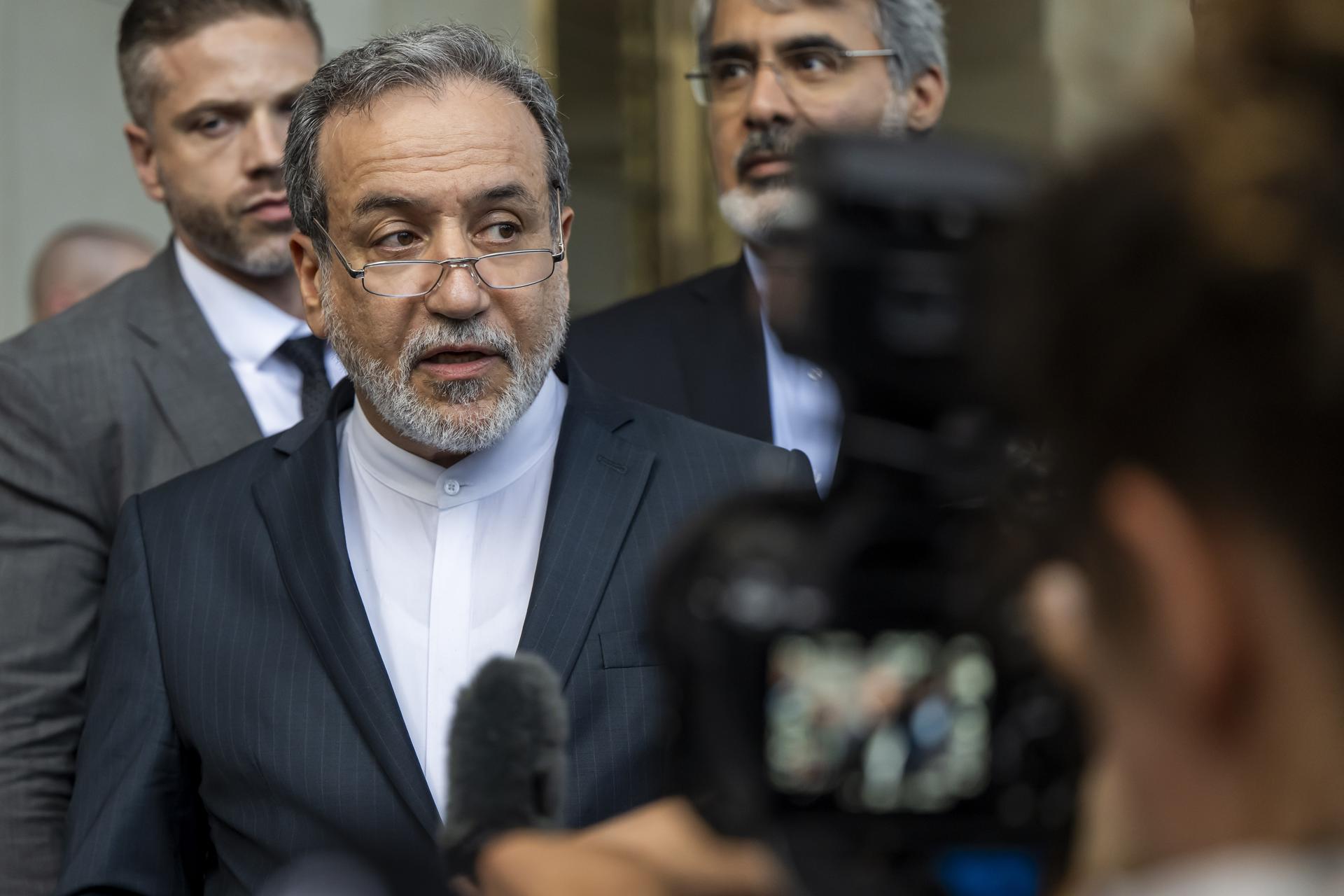After US bombings, Iranian parliament calls for closure of Strait of Hormuz, where 20% of the world's oil passes.

Iran's parliament on Sunday called for the closure of the Strait of Hormuz, a strategically important point separating the coasts of Iran and Oman , following the US attacks on Iran. This decision still needs approval from the Islamic Republic's National Security Council, but if confirmed would have global impact.
General Esmaeil Kowsari, a member of the parliamentary security committee, said the chamber "has reached a consensus" to close the strategic Strait of Hormuz, state-run Press TV reported.
The source did not clarify whether the decision to close the important maritime passage was made by the entire Parliament or only by the committee of which he is a member.

Oil extraction. (Reference image). Photo: Jaime Moreno/EL TIEMPO Archive
In any case, he did specify that the final decision to close the Strait must be made by the Supreme National Security Council, a body that includes Iran's President Masoud Pezeshkian, several ministers, three representatives of the Supreme Leader, and figures from the country's security forces.
Approximately 20% of the world's oil flows through the Strait of Hormuz, a narrow maritime passage between Iran and Oman that Iranian authorities have repeatedly threatened to block in response to tensions with the United States and other Western countries.
The announcement by the parliamentarian and general comes after the United States bombed three Iranian nuclear facilities—Fordá, Natanz, and Isfahan—in the first US bombings to occur amid the conflict between Israel and Iran.
Israel and Iran have been exchanging daily missile and drone attacks since the early hours of Friday the 13th, when the Jewish state launched bombings against Iran's military and nuclear facilities, killing several senior military officials.

Donald Trump in his speech on the attacks on Iran. Photo: AFP
This Sunday, Israeli attacks targeted two military targets in Bushehr province , home to Iran's only nuclear power plant, and a power plant in Yazd, while in Isfahan, defense systems were activated with the aim of intercepting hostile targets in the region.
The Jewish state has attacked military, civilian, and nuclear facilities, as well as hospitals and residential areas. These attacks have killed 430 people and injured some 3,500, mostly civilians in Iran, while 24 people have died in Israel.
The Strait of Hormuz, a strategic enclave for oil and gas trade Located between the Persian Gulf and the Gulf of Oman, this strait, which at its narrowest point measures 54 kilometers, is traversed by an average of 13 tankers each day, carrying more than 15 million barrels of oil.

Iranian missiles seen from Jerusalem on June 14. Photo: Menahem Kahana. AFP.
For years, Persian authorities have repeatedly threatened both Israel and the United States with blocking maritime transit , especially the latter, in response to sanctions imposed by Washington over its nuclear program.
Although such threats have never been carried out, the area has been the scene of numerous incidents in recent years, including attacks and seizures of oil tankers and cargo ships, amid tensions between Iran and the United States over sanctions imposed by the latter on the sale of Iranian oil.
The first example of this was when the US decided in 2018 to withdraw from the nuclear deal signed between Iran and the powers in 2015, considering that Tehran had lied about its atomic program by continuing to enrich uranium above permitted limits.

The Fordo fuel enrichment plant in central Iran. Photo: AFP
In April 2019, the situation worsened after the US tightened sanctions on Iran's oil exports, prompting Iranian authorities to threaten to block the Strait.
In 2021, due to the fact that the area has been the scene of attacks on oil tankers in recent years, many of which were blamed on Iran, Iran opened a strategic oil export terminal in the Sea of Oman, thus avoiding the need for cargo ships to cross the Strait of Hormuz for the first time.
The crude oil would arrive at the facility, located in the coastal city of Jask in the southern province of Hormozgan, via a pipeline originating in the Goreh oil field in the Bushehr region.

Iranian Foreign Minister Abbas Araqchi Photo: EFE
This megaproject featured a pipeline stretching 1,000 kilometers and has a transfer capacity of 300,000 barrels of oil per day from Goreh to Jask in this first phase, and could reach one million barrels in the future.
Tensions continued over the years, as they did in April 2024 after the attack on the Iranian consulate in Damascus, which killed seven Revolutionary Guards , and which Tehran blamed on Tel Aviv and which nearly led to the closure of the Strait.
The latest episode has been unfolding since this month, following Israel's military operation with bombings against Iranian nuclear and energy infrastructure and its potential consequences for global markets if Iran ultimately decides to close the strait.
eltiempo





